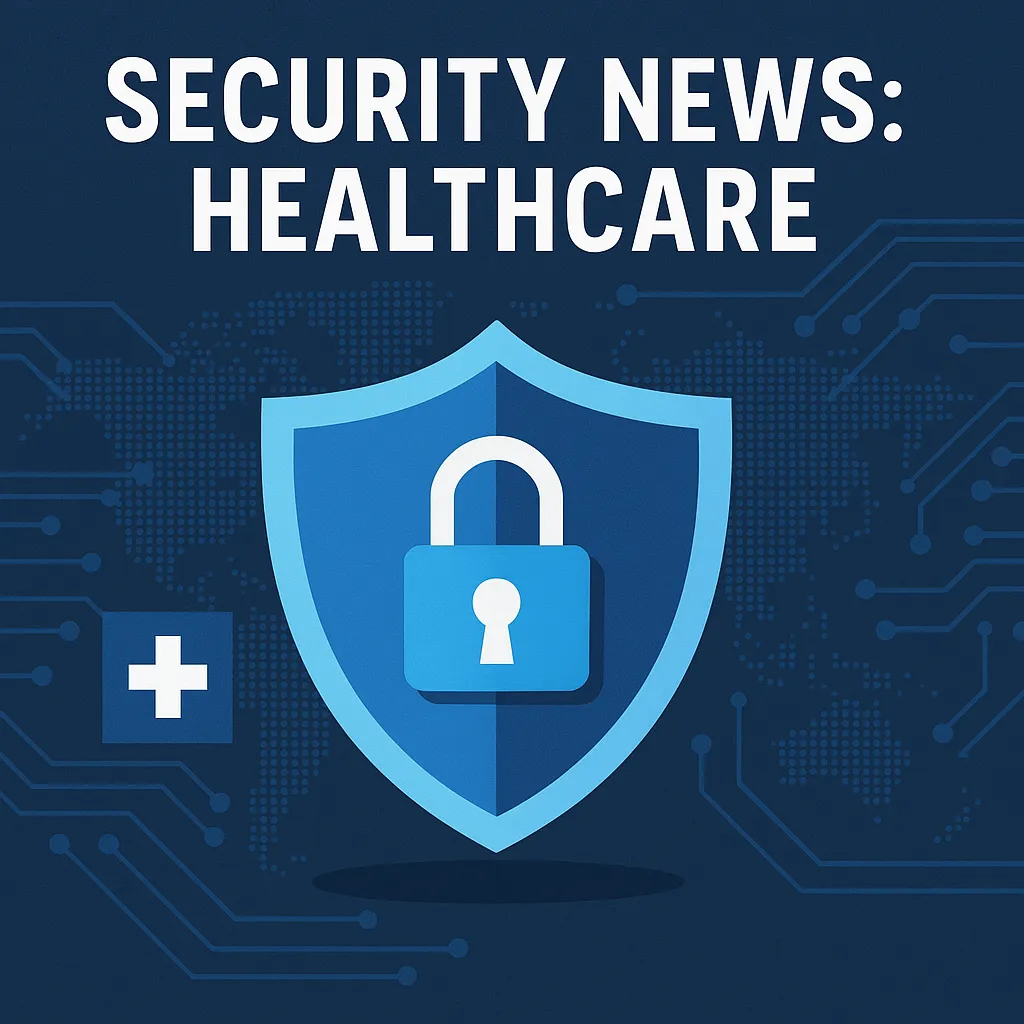Ransomware Rising: A Looming Threat to Latin America’s Healthcare
In a recent article published on Mexico Business News, a concerning trend has been highlighted that predicts a significant escalation in ransomware attacks on the healthcare sector across Latin America by the year 2025. These cyberattacks not only pose a risk to patient care but are also estimated to cost around US$900,000 daily.
Understanding the Threat
Ransomware, a type of malicious software that encrypts a victim’s data and demands payment to restore access, has become a tool of choice for cybercriminals targeting vulnerable sectors, with healthcare at the forefront. The integration of technology in health services, while beneficial, has increased the sector’s vulnerability to such attacks. Sensitive patient information and critical healthcare operations make an attractive target for attackers seeking to exploit the urgency and sensitivity of medical services for monetary gain.
Implications for Healthcare
The financial losses are just a part of the picture. More critical is the potential danger to patient lives when healthcare systems are compromised. Systems that manage patient information and critical care machinery can be locked during these attacks, posing severe risks to patient care and operational continuity. The urgency of medical services may pressure institutions into paying ransoms quickly, further incentivizing attackers.
Preventive Measures and Strategies
Healthcare institutions must adopt robust cybersecurity measures to protect against the threat of ransomware. This includes regular software updates, strict access controls, frequent security training for employees, and the establishment of comprehensive incident response plans. Additionally, the implementation of advanced threat detection systems can proactively monitor and respond to threats before they materialize.
Conclusion
The increasing threat of ransomware attacks on Latin America's healthcare sector emphasizes the need for enhanced cybersecurity measures. With the potential risk to patient safety and significant financial losses, it is crucial for healthcare providers to prioritize and invest in advanced cybersecurity infrastructure and protocols. Updating and refining these measures continuously in response to evolving cyber threats is key to defending against potential ransomware attacks in 2025 and beyond.
